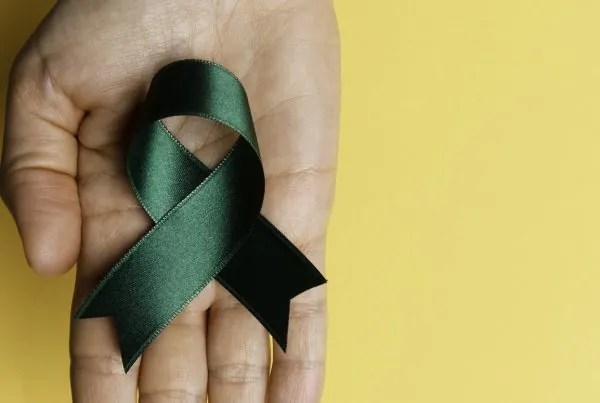“There’s only one thing harder than living in a home with an adolescent — and that’s being an adolescent,” according this recent article in Time  Healthland. I think they’re spot on. It’s tough being a teen: they’re on an emotional rollercoaster, managing ubiquitous hormones, issues with friends, annoying parents, and that ever-growing pile of homework and subsequent pressure to be the best…at pretty much everything. I’d say that’s stressful. Teens certainly tend to blame their parents and/or siblings for most things, partly because they are the mainstay in their lives and partly because it’s they’re the easiest scapegoats. Parents, at that point, are considered nagging, nit-picky pests, right? Well, not entirely. A recent study by researchers from Seoul National University, UCLA’s Semel Institute for Neuroscience and Human Behavior, and the University of Wisconsin at Madison, suggest that arguments at home may spillover to an adolescent’s social circle, and vice-versa. In other words, there tends to be a significant carry-over from one area of a teen’s life to another. Parents I know will often talk about how a rough night at home might translate to a bad day at school and how issues at school are likely to play out at home. Truthfully, teens, at their very core, can easily be thrown off-balance when trying to emotionally process all of this tumult at once, particularly with the cognitive complexities of their brains working earnestly against them. It’s a lot to manage.
Healthland. I think they’re spot on. It’s tough being a teen: they’re on an emotional rollercoaster, managing ubiquitous hormones, issues with friends, annoying parents, and that ever-growing pile of homework and subsequent pressure to be the best…at pretty much everything. I’d say that’s stressful. Teens certainly tend to blame their parents and/or siblings for most things, partly because they are the mainstay in their lives and partly because it’s they’re the easiest scapegoats. Parents, at that point, are considered nagging, nit-picky pests, right? Well, not entirely. A recent study by researchers from Seoul National University, UCLA’s Semel Institute for Neuroscience and Human Behavior, and the University of Wisconsin at Madison, suggest that arguments at home may spillover to an adolescent’s social circle, and vice-versa. In other words, there tends to be a significant carry-over from one area of a teen’s life to another. Parents I know will often talk about how a rough night at home might translate to a bad day at school and how issues at school are likely to play out at home. Truthfully, teens, at their very core, can easily be thrown off-balance when trying to emotionally process all of this tumult at once, particularly with the cognitive complexities of their brains working earnestly against them. It’s a lot to manage.
Interestingly, kids with siblings are often better equipped with handling conflict. As Jeffrey Kluger says in his book The Sibling Effect, “Fighting is not just an unfortunate part of growing up, it’s an essential part.” He says it “serves as a sort of dress rehearsal for the outside world,” which gives kids a chance to practice “conflict resolution and avoidance and the subtle art of knowing when to assert yourself and when it’s best to stand down.” I would imagine this could also hold true for a child who’s gone to pre-school, though this isn’t always the case. Environments that introduce varying personalities at a young age are invaluable in teaching the life-long lesson of conflict resolution. Surely, be it via the push and pull of sibling relations or even early education, this is a tool for having less conflict at school and in the world at large. What does this mean for only children? Since they don’t have an inbuilt battering ram (a sibling), they need to learn their conflict-resolution skills from parents, teachers, and the like. It’s not going to be as intuitive of a process though, because the circumstances are significantly different. More on this in another blog.
As parents, the question is always, “What do we do?” Again, teaching, both verbally and by example the ins and outs of positive conflict resolution at a young age is the most helpful tool we have (along with keeping our cool and becoming aware of our child’s triggers). If that didn’t happen, and a child got off on the wrong foot, new efforts to teach this aren’t lost. It may take time. It may take extra doses of patience. It may take additional rides on the rollercoaster. It may even take an intervention by a therapist. Regardless, children do tend to be resilient, and even when we don’t think they’re listening, most of the time, they really are. They are just doing so in their own way—a way that isn’t always convenient for us as parents.
The bottom line is, as our teens learn new ways of conflict resolution, parents need to hone their own conflict-resolution skills. Just as teens can’t blame everything on their parents, neither can parents blame it all on their kids. At the end what we have is a family problem, requiring a family solution.







